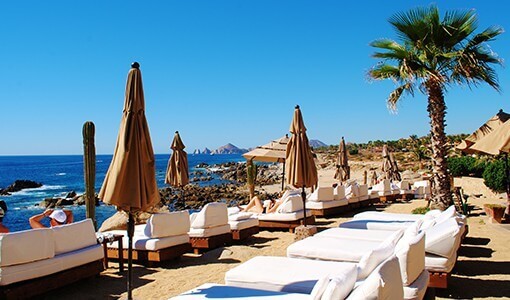
From the Travel Distribution Summit, Europe Pamela Whitby hears that the travel brands helping consumers to find their perfect experience will be the winners.
Carl Michel, the chairman of Veeve.com, a managed market place that match makes 40-something visitors to London with owners of the capital’s fine homes, shops at both Waitrose and Lidl. “I don’t see any point in paying 80p for a radish at Waitrose, if I can get it for 30p,” he told me in the coffee break.
Michel, who was formerly chairman of Generator Hostels, was reiterating a point he made in his earlier keynote address at EyeforTravel’s Travel Distribution Summit in London this morning – that this sort of heterogeneous behaviour is also common among travellers, and is the most significant challenge facing travel brands today.
It is also the cause of disruption in the marketplace and, indeed, the ongoing trend towards consolidation. He points to onefinestay.com, a competitor of Veeve, which was, for example, recently snapped up by Accor for $168m!
These changes in consumer behaviour today are both economically and technologically driven. So for the past eight years, while the “economy has been going pear-shaped and sideways,” says Michel, at the same time “people have become increasingly confident in their own judgment and in forming their own opinions”.
Michel who has worked at two diverse ends of the travel market has a good understanding of the dynamics at play. While at Generator Hostels’ he saw a youth segment which had less disposable income but still wanted a trendy hostel-type experience. Here a short user-generated video that created a warm glow for the brand worked well for marketing purposes.
At Veeve, on the other hand, which is targeting a mid-40-something audience, probably travelling with family, the customer may not want a cookie cutter hotel but they do want some certainty. In this context, well-shot photographs that honestly displays the space works best.
The other side of Veeve’s marketplace is the 40 to 50-something generation with nice homes in London. “They have realised that they can monetise that asset to help pay for, say, their children’s education,” says Michel. “This is not embarrassing to them. In fact, it’s now socially acceptable.”
These sort of ‘disruptive’ market places are helped by the fact that people staying in cool hotels or unique homes also want to share their experience across social media platforms. Indeed user-generated content (a point highlighted by Contiki later in the morning) can and does play a huge role.
Using content marketing platform, Stackla, Contiki cherry picks from around 6,500 pieces of user-generated content a week to help drive brand awareness. Interestingly, the quality of content coming through from users, says Layton Andersen, Contiki VP Ecommerce and Web, Contiki, “is extremely high”.
Read rest of the article at: Eye for Travel




